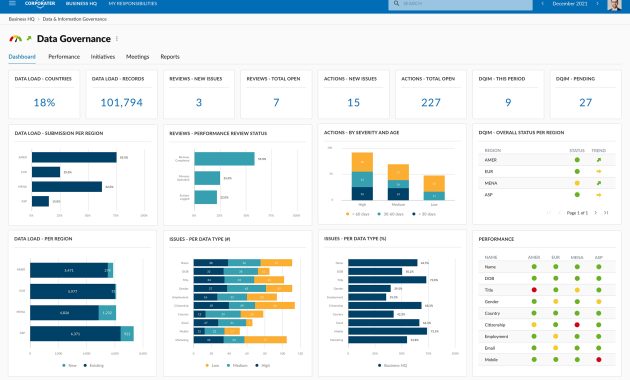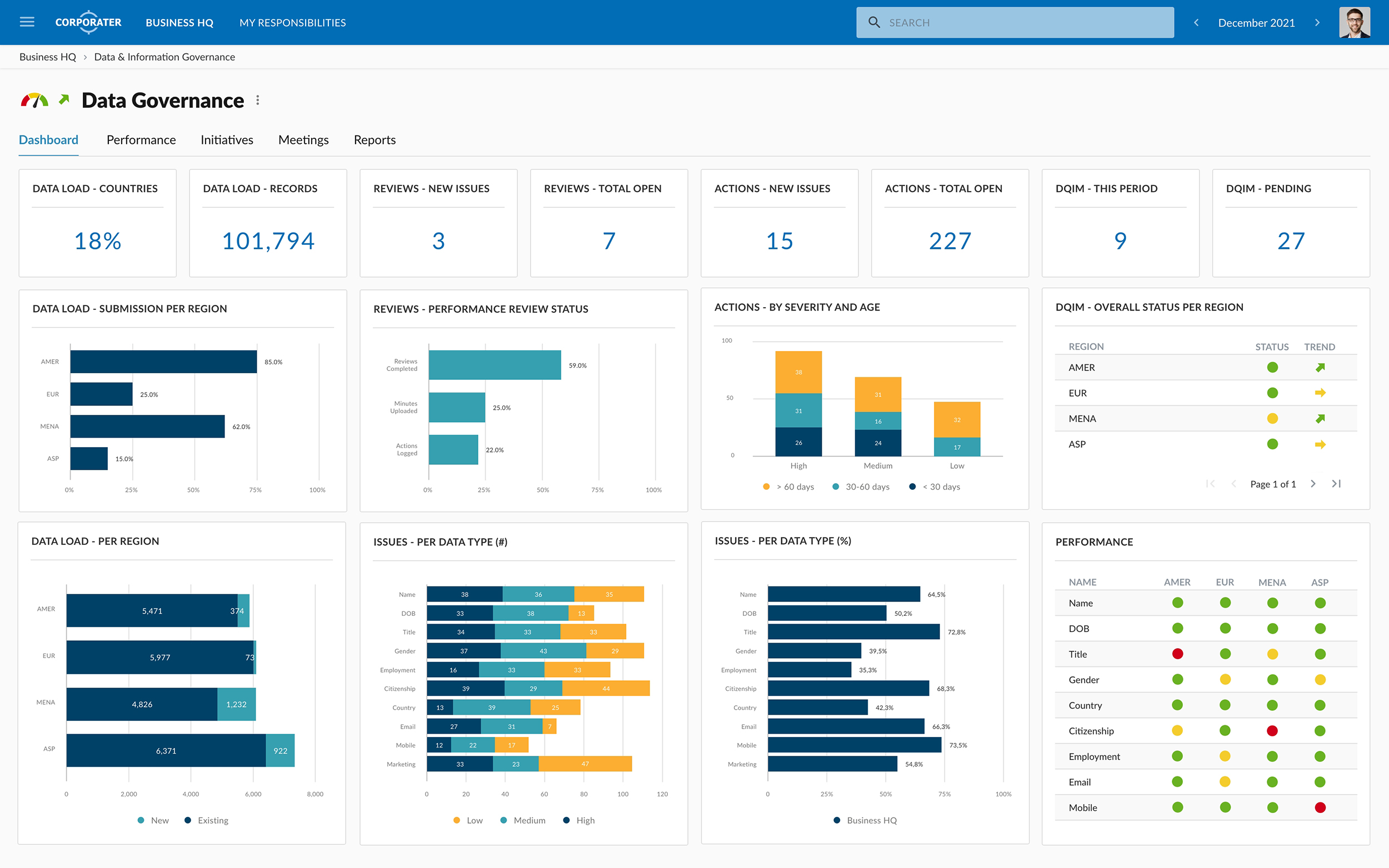
How to Optimize KPIs Using Business Intelligence Software: A Strategic Guide
In today’s data-driven landscape, businesses are constantly seeking ways to improve performance. Key Performance Indicators (KPIs) are crucial for measuring progress. Business Intelligence (BI) software provides the tools to analyze and optimize these indicators. This guide explores how to effectively leverage BI software to enhance your KPIs. It will also give you a competitive edge.
Understanding the Importance of KPIs
KPIs are quantifiable metrics that reflect a company’s performance. They help assess whether a business is achieving its strategic goals. Effective KPIs are specific, measurable, achievable, relevant, and time-bound (SMART). Selecting the right KPIs is the first step. They should align with your overall business objectives.
Poorly defined KPIs can lead to misleading insights. They might also lead to poor decision-making. Well-defined KPIs provide a clear picture of success. They also offer areas needing improvement. Identifying and tracking the right KPIs is essential for any business.
Choosing the Right Business Intelligence Software
Selecting the right BI software is crucial for KPI optimization. Several factors must be considered. These include the size of your business. Also, the complexity of your data. The software should integrate easily with your existing systems. It should also offer robust reporting and visualization capabilities.
Popular BI software options include Tableau, Power BI, and Qlik Sense. Each offers unique features and capabilities. Consider your needs carefully. Evaluate different platforms. Also, compare their features and pricing. This will help you make an informed decision.
Connecting Data Sources for KPI Tracking
Once you have selected your BI software, the next step is connecting data sources. This involves integrating data from various systems. These systems include CRM, ERP, and marketing automation platforms. The software should support a wide range of data connectors. These connectors allow you to import data easily.
Data integration is a critical process. It ensures data accuracy and consistency. Regular data validation is essential. This validation helps maintain data integrity. It helps prevent errors in your KPI analysis. Proper data integration is vital for reliable insights.
Visualizing KPIs for Enhanced Understanding
BI software excels in data visualization. It transforms raw data into understandable charts and graphs. These visualizations provide insights that might be hidden in spreadsheets. Effective visualizations make it easier to identify trends. They also help spot anomalies.
Choose visualization types that best suit your KPIs. For example, use line charts to track trends over time. Use bar charts to compare different categories. Use dashboards to display multiple KPIs at a glance. Clear and concise visualizations are key. They help in effective decision-making.
Analyzing KPIs to Identify Opportunities
BI software allows for in-depth KPI analysis. This analysis goes beyond simple reporting. It enables you to identify the root causes of performance issues. It also helps you uncover opportunities for improvement. Use the software’s analytical tools to drill down into the data.
Implement techniques such as trend analysis. Also, perform cohort analysis. These will help you gain deeper insights. Regularly review your KPIs. This will help you spot areas for optimization. Use these insights to make data-driven decisions. These decisions will improve performance.
Setting Up Dashboards for Real-Time Monitoring
Dashboards provide a real-time view of your KPIs. They allow you to monitor performance continuously. Design dashboards that are easy to understand. They should display the most important metrics at a glance. Dashboards should also be updated regularly.
Customize your dashboards to meet specific needs. Use different widgets. These widgets display various KPIs. Set up alerts to notify you of any significant changes. Real-time monitoring is crucial for timely action. It also helps in proactive problem-solving.
Automating Reporting and Alerts
BI software automates routine tasks. This includes report generation and alert notifications. Automating these tasks saves time and effort. It also ensures consistency and accuracy. Configure the software to automatically generate reports. Schedule these reports for regular distribution.
Set up alerts to notify you of any deviations from your KPIs. This allows for immediate action. Automating these processes frees up resources. It also allows you to focus on analysis and strategic planning. Automation improves efficiency. It also enhances responsiveness.
Using Predictive Analytics for Future Planning
Many BI tools offer predictive analytics capabilities. They use historical data to forecast future trends. This allows you to anticipate changes. It also allows you to make proactive decisions. Use these tools to predict future KPI performance.
Develop strategies based on your predictions. Adjust your plans as needed. Predictive analytics can give you a competitive edge. It helps you stay ahead of the curve. It also helps you make informed decisions. These decisions are important for the future.
Improving Data Quality for Accurate KPIs
Data quality is critical for accurate KPI tracking. Poor data can lead to misleading insights. Implement data quality checks and validation processes. Regularly clean and update your data. This will ensure its accuracy. It will also ensure its reliability.
Establish data governance policies. These policies define data standards and procedures. Train your team on data quality best practices. High-quality data ensures reliable KPI analysis. It also helps in making informed decisions. Data quality is essential for good outcomes.
Best Practices for KPI Optimization
- Define Clear Goals: Start with well-defined business objectives.
- Choose Relevant KPIs: Select metrics that align with your goals.
- Integrate Data Sources: Connect all necessary data sources.
- Visualize Data Effectively: Use clear and concise visualizations.
- Analyze Trends: Identify patterns and insights.
- Automate Reporting: Save time and improve consistency.
- Monitor in Real-Time: Use dashboards for continuous monitoring.
- Use Predictive Analytics: Forecast future trends.
- Regularly Review KPIs: Ensure they remain relevant.
- Maintain Data Quality: Clean and validate your data.
By following these best practices, you can maximize the value of your KPIs. You can also improve your overall business performance. Using BI software effectively is key.
Case Studies: Real-World Examples
Several businesses have successfully optimized their KPIs using BI software. Here are some examples. A retail company used BI to track sales. They also tracked customer satisfaction. They identified areas for improvement. This led to increased revenue. A manufacturing firm used BI to monitor production efficiency. They reduced waste. They also improved overall productivity.
These case studies demonstrate the power of BI. They also show the importance of KPI optimization. These examples show the benefits of data-driven decision-making. They also highlight the importance of strategic planning.
The Future of KPIs and Business Intelligence
The future of KPIs and BI software is promising. Advancements in technology will continue to shape this field. Artificial intelligence (AI) and machine learning (ML) are playing a key role. They are automating data analysis. They also provide more advanced insights.
Businesses should stay informed of these trends. They should also adopt the latest tools and techniques. This will ensure they remain competitive. By embracing innovation, businesses can optimize KPIs. They can also drive better outcomes.
Conclusion: Harnessing the Power of BI for KPI Success
Optimizing KPIs using Business Intelligence software is vital. It is essential for any business aiming for success. By following the strategies outlined in this guide, you can transform your data into actionable insights. You can make informed decisions. You can also drive continuous improvement.
Embrace the power of BI. Effectively manage your KPIs. This will drive your business towards its goals. Remember to choose the right software. Also, integrate your data sources properly. Visualize your data. Analyze your KPIs. Continuously improve your processes.
Mastering the art of KPI optimization is an ongoing process. It requires dedication and a commitment to data-driven decision-making. Start today. Use BI software to unlock the full potential of your business. This will ensure your success.
[See also: How to Choose the Right BI Software], [See also: Data Visualization Best Practices], [See also: The Role of AI in Business Intelligence]

